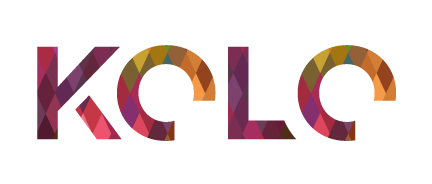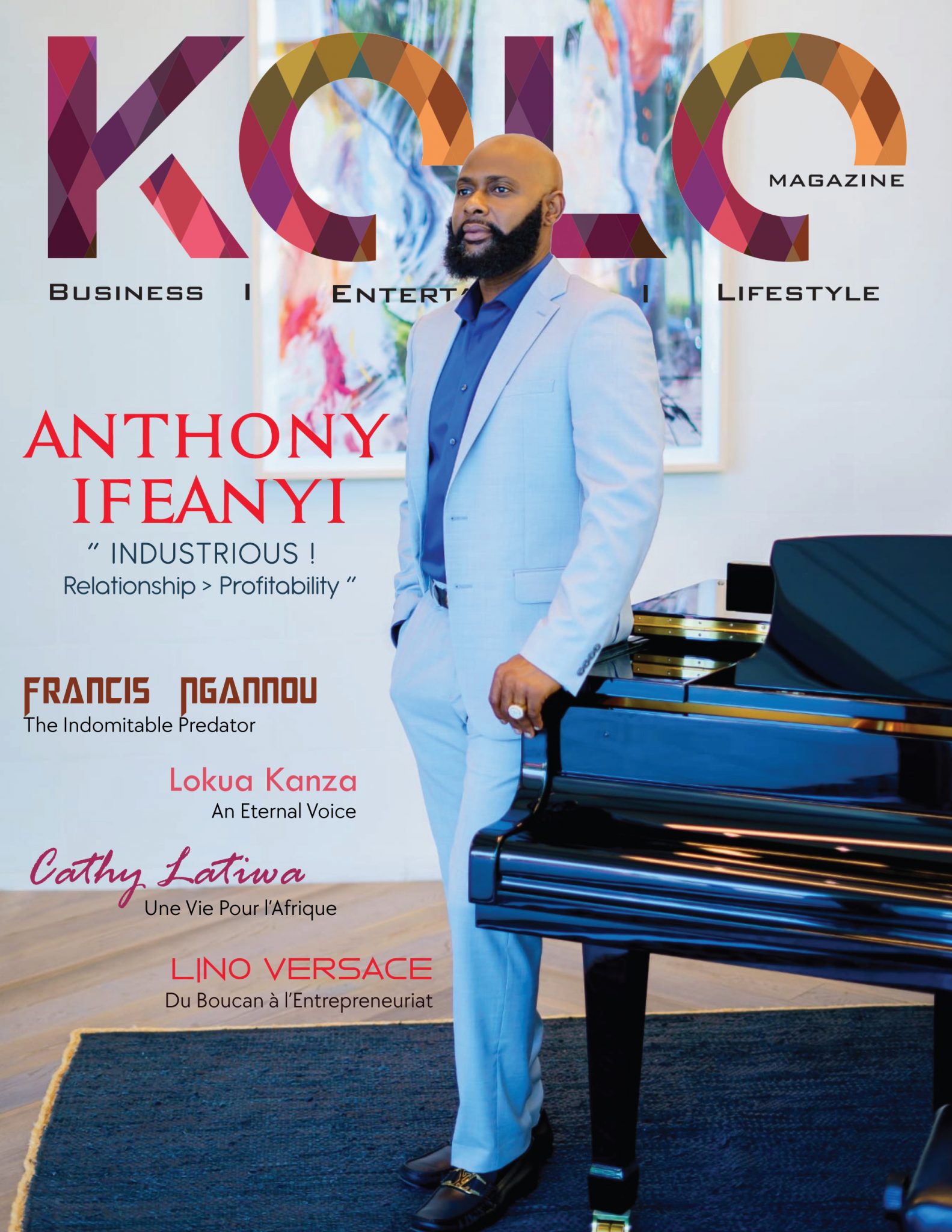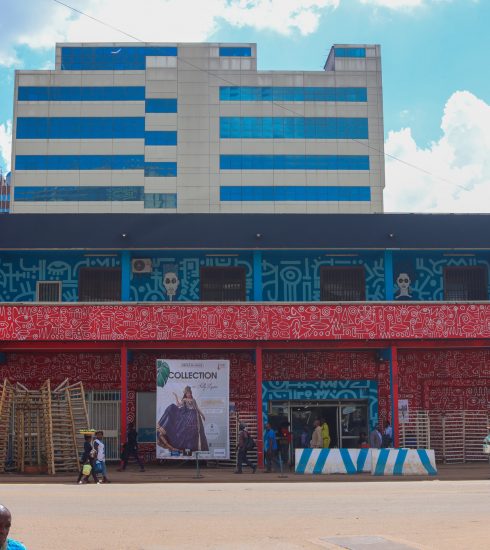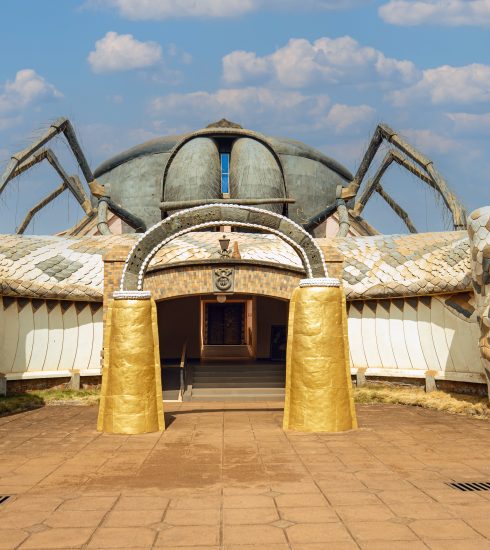Goethe Institute
Raphael Mouchangou
Coordonnateur des ActivitésCulturelles, CMR

Des Temples de BrassageCulturel
Sanctuaires dédiés à la promotion de la langue allemande à l’étranger mais également, espaces où se côtoient de milliers d’étudiants venant de différents pays, ces centres sont au fil du temps devenus des pôles essentiels de la création artistique.
Lieux de culture et de création où le génie épouse la passion, les Instituts allemands Goethe en Afrique sont des asiles hospitaliers qui accueillent, sans discrimination aucune, des personnes qui partagent l’envie de transformer le monde en un village planétaire. Espaces ouverts et métissés au cœur de plus de 40 villes du continent africain, cirque, théâtre, musique, danse et autres formes d’art s’y révèlent sous toutes les formes. Et ce, depuis près de 60 ans. « L’Institut Goethe contribue au dialogue culturel entre l’Allemagne et tous les pays dans lesquels il existe. L’Allemagne sait qu’il est bon de créer un lien au niveau culturel dans le monde entier », confie Raphaël Mouchangou, coordonnateur des activités culturelles de l’Institut Goethe au Cameroun.
Au-delà de la simple représentation des spectacles et expositions, les Instituts Goethe sont de véritables carrefours de transmission et d’échanges d’expériences entre les artistes de différentes générations via plusieurs ateliers : danse, théâtre, cinéma, littérature… Outils essentiels de soutien aux jeunes artistes, ces centres permettent de construire un projet culturel adapté aux enjeux locaux.
« Nous avons fortement contribué à l’éclosion de plusieurs artistes. Mais nous ne voulons pas nous revendiquer du titre de passage obligé pour leur découverte », explique Raphaël Mouchangou.
Au Nom du Père Von Goethe
L’histoire des centres culturels allemands remonte aux années 1925, sous le nom de Deutsche Akademie. En 1951, ils changent de dénomination et deviennent Institut Goethe, en hommage au célèbre poète, romancier, dramaturge et surtout théoricien de l’art, Johann Wolfgang Von Goethe. Après l’Europe, le projet s’étend en Afrique. Depuis leur création, les Instituts Goethe proposent aux jeunes un cours de langue allemande. Cela fait d’ailleurs partie de leur mission fondamentale.
Loin des bruits et de l’ambiance des spectacles nocturnes, un tour effectué en journée dans l’un de ces centres donne à constater une atmosphère d’amphithéâtre. Dans la ville de Yaoundé, capitale politique du Cameroun, l’Institut Goethe accueille, chaque année, un peu plus de 2000 étudiants. Ouvrable six jours sur sept, sa bibliothèque riche en ouvrages est un lieu idéal pour la recherche et l’approfondissement de la langue allemande. Aujourd’hui et demain, l’Institut Goethe ambitionne de rester actif dans les différentes disciplines de l’art. Mais également de se lancer dans la protection du climat, des droits de l’Homme et des industries culturelles. Tout ceci, à travers des projets trouvés dans le pays d’accueil.
Temples of Cultural Fusion
These sanctuaries, initially established for promoting the German language abroad, have evolved into spaces where thousands of students from diverse countries come together. Over time, they have become essential hubs for artistic creation.
The German Goethe Institutes in Africa are not only places of culture and creation but havens where talent intertwines with passion. Without discrimination, these institutes welcome individuals who share a common desire to transform the world into a global village. Spread across more than 40 cities on the African continent, these open and inclusive spaces bring forth various art forms, including circus, theatre, music, dance, and more. This legacy has thrived for nearly 60 years. “The Goethe Institute contributes to the cultural dialogue between Germany and all the countries where it operates. Germany recognizes the importance of establishing cultural connections worldwide,” says Raphaël Mouchangou, coordinator of cultural activities at the Goethe Institute in Cameroon.
Beyond mere exhibitions and performances, the Goethe Institutes serve as crossroads for the transmission and exchange of experiences among artists from different generations, facilitated through various workshops in dance, theater, cinema, literature, and more. These institutes provide vital support to young artists, helping them shape cultural projects that address local issues.
“We have played a significant role in nurturing several artists. However, we are not the sole reason for their success but a gateway for their discovery ” explains Raphaël Mouchangou.
In the Name of Father Von Goethe
The history of the German cultural centers date back to 1925, when they were known as Deutsche Akademie. In 1951, they adopted the name Goethe Institute, paying homage to the renowned poet, novelist, playwright and art theorist, Johann Wolfgang Von Goethe. After establishing in Europe, the project expanded to Africa. Since their inception, Goethe Institutes have offered German language courses to young people, which remains a fundamental aspect of their mission. Amidst the vibrant atmosphere of nocturnal shows, a visit to these centers during the day reveals an amphitheater-like ambiance. In Yaoundé, the political capital of Cameroon, the Goethe Institute welcomes about 2,000 students annually. Operating six days a week, its well-stocked library provides an ideal space for research and a profound understanding of the German language. Today and henceforth, the Goethe Institute aims to remain active in the various artistic disciplines, while also engaging in endeavors related to climate protection, human rights and cultural industries. These projects are developed in collaboration with the host countries, reflecting their unique contexts and needs.





 Download
Download 








